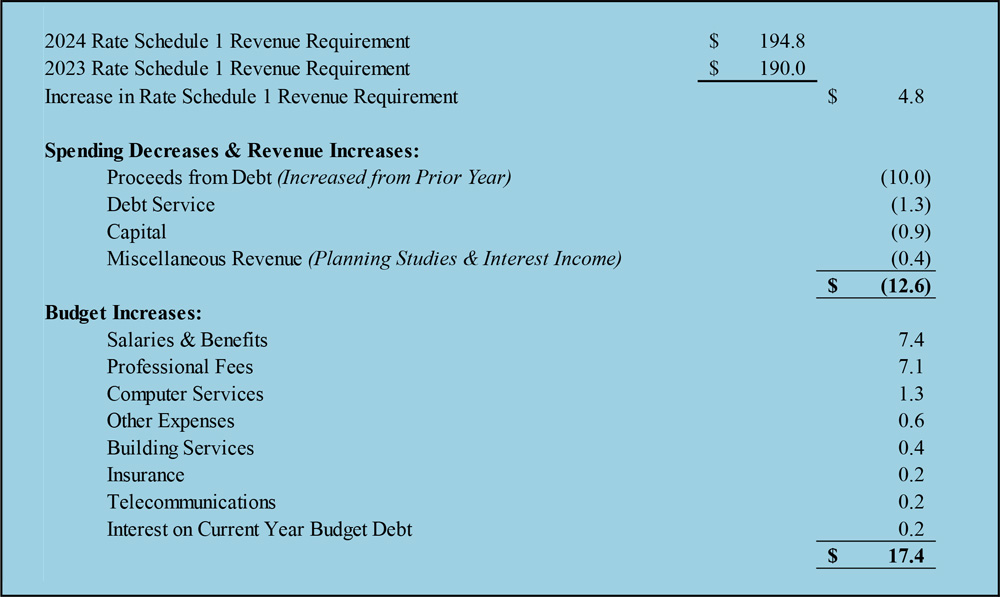In a sign of the complexity arising from offshore wind developers chasing solicitations in different Northeastern states, New Jersey on Wednesday agreed to extend the deadline — if necessary — by which developers with solicitations pending in other states can drop out of New Jersey’s third solicitation.
The New Jersey Board of Public Utilities, in a 4-0 vote, authorized staff to extend the deadline for the third time by which so-called “contingent projects” — that have submitted projects in New York or Rhode Island — should be taken out of the running for approval in New Jersey. In that situation, approval in another state likely would mean developers would not want, or have the resources or corporate capacity, to pursue a project in New Jersey.
The New Jersey solicitation, which opened March 8, closed Aug. 4 with four submissions. The solicitation guidance document initially required contingent projects to notify the agency by July 31 if they planned to drop out. The agency extended that deadline in June to Sept. 11, and staff extended it again by 30 days to Oct. 11, as allowed under the guidelines.
The state wants as many developers as possible in contention for solicitation approval to ensure a competitive selection, and so doesn’t want to exclude any developers prematurely or unnecessarily. (See NJ’s 3rd OSW Solicitation Attracts 4 Bidders.)
But even the Oct. 11 deadline “could be insufficient to fully consider contingent projects,” because of the evolving competitive environment, Jim Ferris, deputy director for the BPU’s division of clean energy, told the board.
Key among the uncertainties is the shifting timeline under which New York’s Energy Research and Development Authority (NYSERDA) will announce the winners of its third solicitation. The solicitation closed for submissions Jan. 26, with six developers submitting 100 proposals. But NYSERDA in July said developers could revise their bids, with downward price adjustments only, before Aug. 24, and that the winning bids would be announced sometime in the fourth quarter of this year.
Among the developers in contention in New York are two that have said they also submitted bids in New Jersey: Community Offshore Wind, a joint venture between RWE and National Grid Ventures; and Leading Light Wind, a partnership between Invenergy and energyRE. Also bidding in New York is Danish developer Ørsted, which has two approved projects in New Jersey — Ocean Wind 1 and 2 — but has not said whether it bid in the state’s third solicitation. (See NYSERDA: 3rd OSW Solicitation Breaks Record.)
Ferris said giving its staff the authority to “adjust the contingent project notification date as necessary” would enable the agency to “evaluate all third solicitation project options as fully as possible.”
$200 Million Payment Escrow
New Jersey is seeking to build 11 GW of offshore wind by 2040, and the third solicitation could approve projects totaling 1.2 GW to 4 GW, and perhaps more. The BPU approved projects totaling 3,758 MW in the first two solicitations, in 2019 and 2021.
Yet developers have found the environment for offshore projects increasingly tough, as logistics and materials costs have risen, prompting some to try to renegotiate contracts with states and push for additional public support. In New Jersey, Gov. Phil Murphy (D) on July 6 signed a bill that allowed Ørsted to access federal tax credits that previously had been designated to help state ratepayers pay for OSW projects. Ørsted, while lobbying legislators to award the credits, said Ocean Wind 1 faced rising materials, equipment and transportation costs because of unanticipated events, including the COVID-19 pandemic and the Russo-Ukrainian War.
The BPU board on Wednesday, with a 4-0 vote, approved the creation of an escrow account to enable Ørsted to fulfill a second part of the agreement: a payment of $200 million by the developer for New Jersey to use to support offshore wind projects.
“By the terms of the legislation, the escrow funds are used to support additional investments in qualified wind energy facilities,” Michael Beck, general counsel for the BPU, told the board. “That term is defined in the legislation including offshore wind component manufacturing facilities.”
Grid Scale Solar Delay
In an unrelated matter, the board also approved, by 4-0, an eight-week delay in the second solicitation of bids under the Competitive Solar Incentive program. The second solicitation will open Nov. 27 instead of Oct. 1 as planned.
The program awards incentives for grid-scale projects — those greater than 5 MW — by setting incentive levels through a competitive solicitation rather than a BPU directive as in the first part of the program, the Administratively Determined Incentive program.
The BPU opened the CSI program on Oct. 1, 2022, hoping it would help the state reach its goal of 12.2 GW of solar energy by 2030 and 17.2 GW by 2035. Figures released by the board Wednesday show the state on Aug. 31 had 4.56 GW of installed capacity, with another 736,028 kW in the pipeline.
But the agency closed the first solicitation on July 12 without approving any of the bids. (See NJ Rejects Solar Bids as Too Expensive.)
Agency officials at the time said all the “responsive” bids exceeded the confidential price caps developed by the BPU, which the agency attributed to rising costs and economic and regulatory uncertainty nationwide. While the board initially pledged to hold a new solicitation as soon as possible, the agency wants to make sure it is ready before launching the next one, BPU staffer Diane Watson told the board.
“Staff recognizes that the board needs adequate time to consider the lessons of a prior solicitation and integrate any necessary changes,” Watson said, adding that “by doing so, the board demonstrates a level of responsiveness that serves stakeholders and ratepayers alike.”
As in the first solicitation, the second solicitation will aim to award projects totaling up to 300 MW, she said.
